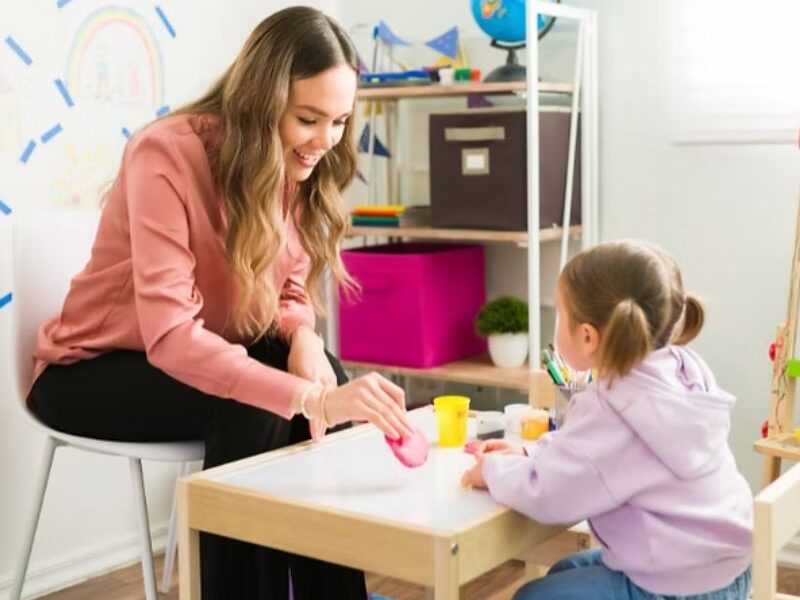In the journey of supporting children with autism, choosing the right environment for Applied Behavior Analysis (ABA) therapy plays a pivotal role in their development. While clinic-based services have their merits, in-home ABA therapy offers distinct advantages, especially for early intervention. Have you ever considered that in-home ABA Therapy might be the lifeline your family has been searching for? It’s worth exploring how bringing therapy into the comfort of your own home could make a world of difference for everyone involved.
A Familiar Learning Environment
Children flourish best in spaces where they feel secure and at ease. Recognizing this, in-home ABA therapy takes a unique approach by integrating therapeutic sessions within the comforting confines of a child’s own home. Their home environment naturally puts them at ease, significantly smoothing the pathway as they begin their therapy journey. It allows them to be more open and responsive to new learning experiences.
In addition to reducing the usual apprehensions a child might feel in a clinical setting or an unfamiliar environment, starting therapy at home adds a fun twist to learning and makes it way more enjoyable. In-home ABA therapy blends right into the child’s day-to-day, making picking up and using new skills feel like second nature. Activities and lessons are mixed in with their regular hangouts and cozy spots around the house, so every new thing they learn feels like it’s part of their world, something they understand and love. It’s a great way to boost their confidence and make sure what they’re learning sticks, connecting the dots between what we’re teaching and the stuff they do every day.
In addition to all this, the home setting allows therapists to personalize sessions even more effectively, taking cues from the child’s environment to tailor activities that resonate with their interests and daily experiences. This customization makes each session a joyful exploration of their potential, in the very heart of where they feel most loved and supported. As children go through their therapy sessions in their homes, all the stress and pushback they might feel in new places melt away. It opens up the door for learning to be more smooth and fun.
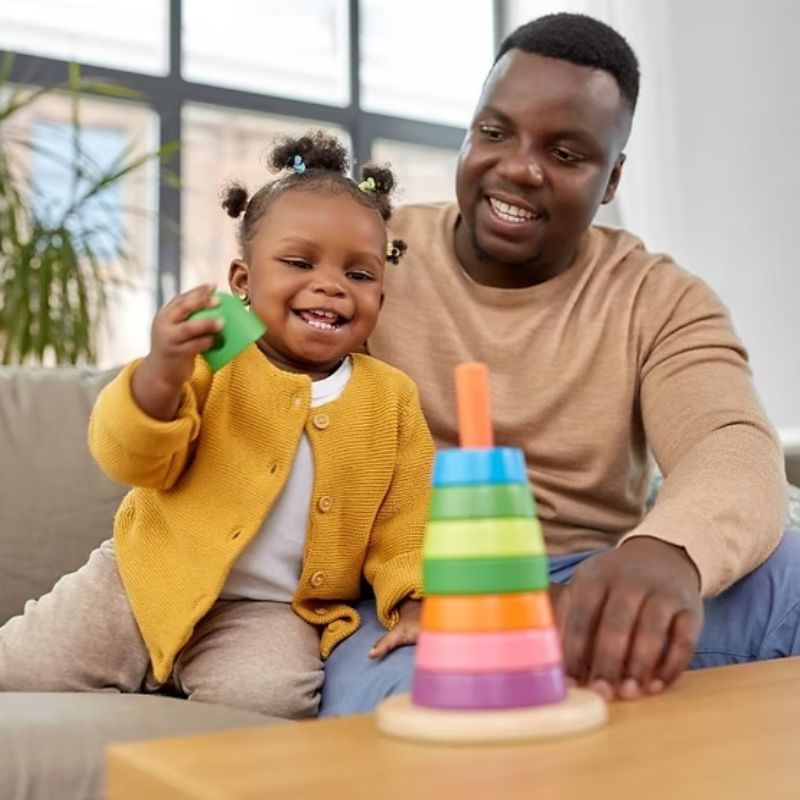
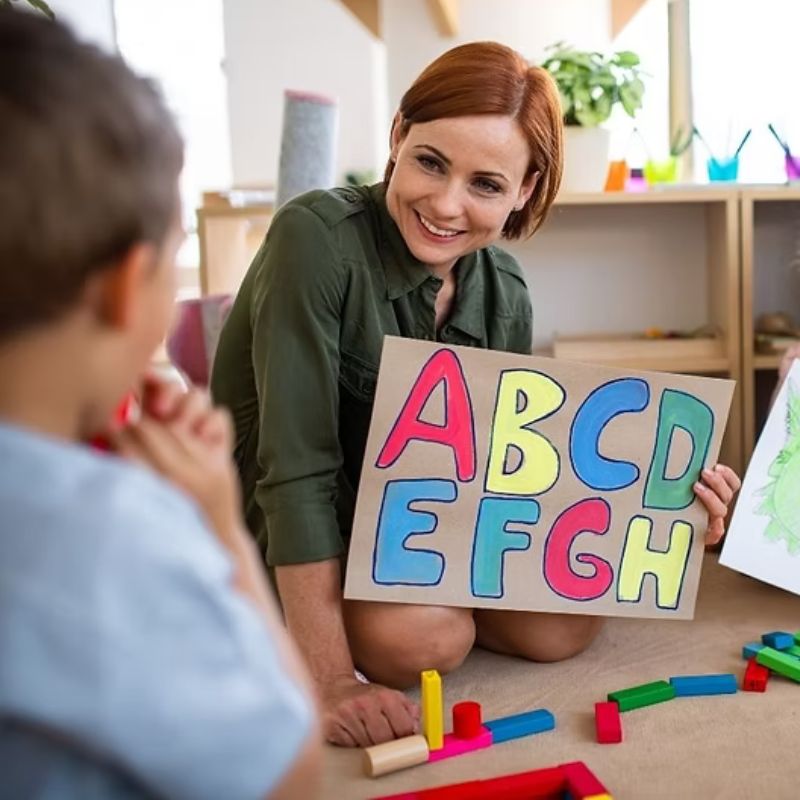
Utilizing Everyday Resources
One of the core strengths of in-home ABA therapy is the use of everyday items as learning tools. By incorporating objects that a child is already familiar with, therapy becomes less of a mysterious process and more of an accessible, everyday adventure. It’s a powerful way to show children that learning isn’t something that just happens in special places like therapy centers. Instead, it’s something alive and vibrant, happening all around them, from the kitchen to the living room, and even in their backyard.
This hands-on approach does wonders for keeping therapy sessions fresh and exciting. Imagine learning math with your favorite snacks or understanding sequences with toys from your own room. It’s not just about making learning fun; it’s about embedding these lessons deeply into a child’s world, making them more relatable and easier to grasp. When kids learn how to communicate better or improve their motor skills using the very toys and utensils they eat with every day, these skills stick. They’re not just memorizing; they’re understanding and applying these lessons in real-time, in their environment.
Moreover, this method turns potentially abstract concepts into tangible, touchable experiences. When a child can physically hold the tools of their learning, it bridges the gap between theory and practice beautifully. The leap from learning to doing becomes a short hop, and suddenly, a child is not just practicing a skill in isolation; they’re integrating it into their daily activities. This seamless integration ensures that skills learned aren’t easily forgotten but are instead recalled and utilized effortlessly as part of their routine, enriching both their learning experience and their daily life.
Seamless Skill Transfer to Parents and Guardians
At the heart of in-home ABA therapy is the partnership between therapists and families, joining forces to support the child’s development. This goes beyond simple collaboration; it ensures effective communication, allowing skills and strategies to be conveyed directly and clearly, minimizing misunderstandings. Keeping this partnership solid is crucial for staying on course. It guarantees that therapy isn’t just hit or miss, but actually weaves into the child’s everyday life like it’s second nature.
But it goes beyond just consistency. This collaboration transforms the therapy from something that happens in sessions to something that lives and breathes in every part of the child’s day. From mealtime to playtime, the strategies and skills are there, subtly reinforcing what they’ve learned. Plus, it empowers parents and guardians, giving them an active role in their child’s development. They’re not just observers; they’re participants, equipped with the know-how to support their child’s journey every step of the way.
The partnership forged through in-home ABA therapy services creates a feedback loop between the therapist and the family, allowing for real-time adjustments and shared celebrations of milestones achieved. The therapy journey becomes a team effort, with everyone pushing forward together toward the child’s growth and happiness. This makes the child’s learning space more nurturing and tuned in to what they need.
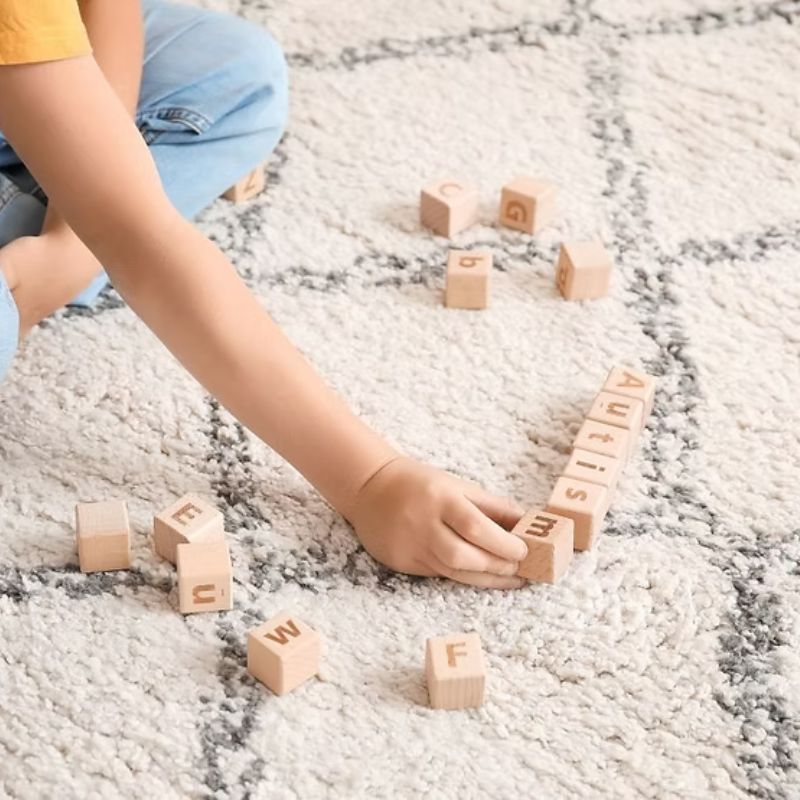
Accelerated Progress
The personalized and focused nature of in-home ABA therapy often leads to faster progress. By situating learning within the familiar context of a child’s life, therapy is not just an external intervention but becomes deeply integrated into personal experiences and daily habits. This customization is key, as it ensures that each session is designed to meet the child’s specific needs, preferences, and challenges, making the therapy more relevant and impactful.
The home environment naturally minimizes distractions that are often unavoidable in clinic settings, such as the presence of other children, unfamiliar noises, and the general hustle and bustle. This reduction in external stimuli allows children to focus better, making each therapy session more productive. Therapists can also spend less time managing transitions and more time on direct intervention, which further intensifies the learning experience.
The home environment lays the foundation for a stronger, more trusting connection between the child and their therapist. In the comfort of their own home, children often feel more open to engage and participate, which is fundamental for the success of ABA therapy. As a result, skills are acquired, practiced, and mastered more quickly, leading to observable progress in shorter periods of time.
By embedding therapy into the child’s natural environment, the skills learned are immediately applicable and relevant to their daily activities. This direct applicability reinforces learning, as children can see the practical benefits of their efforts in real time, further motivating them and enhancing the effectiveness of the therapy. The culmination of these factors—personalization, focused sessions, and the comfortable home setting—creates an optimal learning environment that can significantly expedite a child’s developmental progress.
Beyond the Basics: The Emotional and Psychological Benefits
Beyond these tangible benefits, in-home ABA therapy offers deeper psychological advantages. For children and their families, the integration of therapy sessions into the home setting means their daily routines remain largely uninterrupted. This continuity is crucial, as it significantly reduces the levels of stress and anxiety often associated with having to adapt to new environments or schedules. The familiar surroundings of the home provide a stable and reassuring backdrop for both therapy and everyday life, allowing children to feel more at ease and focused during sessions.
Having therapy take place within the comfort of their own living spaces helps children perceive learning and development not as tasks or challenges imposed on them, but as natural parts of their day-to-day life. This normalization of therapeutic activities breaks down any barriers between ‘therapy time’ and ‘normal life,’ encouraging children to embrace learning and growth as ongoing processes rather than occasional, isolated events. It fosters an understanding that development is a continuous journey, not confined to specific places or times.
There is also a ripple effect on the child’s overall psychological well-being. Having therapy as a fixture in their daily lives encourages children to integrate their new skills and knowledge more broadly, not dependent on being in a certain location or condition. This seamless transition between therapy and daily activities strengthens their confidence and self-esteem, as they are able to apply new skills in real-time, witness their own progress, and receive immediate positive reinforcement from their family.
Another incredible benefit for families is that this approach eases the logistical and emotional strain of managing therapy appointments outside the home. It eliminates the need for travel, waiting times, and the stress of transitioning between different environments, making the therapeutic process a more harmonious part of family life. This less disruptive approach not only supports the child’s psychological health but also promotes a more balanced and less stressful family dynamic, as parents and guardians can be more actively involved and supportive without the added pressures often associated with external therapy sessions.
The Community Connection
In-home ABA therapy stands out for its ability to forge connections rather than create barriers. This therapeutic approach transforms the role of therapists, elevating them from mere service providers to integral members of a family’s circle of support. By conducting sessions within the home, therapists gain a deeper, more nuanced understanding of the child’s environment, daily routines, and the specific challenges they face. This insight allows them to tailor their strategies not just to the child’s individual needs but also to the family’s unique dynamics and lifestyle.
This close collaboration fosters a relationship built on trust and empathy, empowering therapists to give recommendations that truly align with the needs of the child and family. This holistic approach ensures that the child’s development is supported in all aspects, reinforcing the therapy’s impact through a concerted effort between the therapist, the child, and their family.
The presence of a therapist in the home environment also serves to demystify the therapeutic process for both the child and their family members. It opens up opportunities for parents and siblings to observe, learn, and participate in therapy sessions, which not only enhances the child’s learning experience but also empowers the family as a whole. They learn effective strategies to support the child’s development, fostering an environment of continuous learning and adaptation.
In-home ABA therapy cultivates a sense of community and belonging, drawing on the strengths and resources of the child’s immediate and extended environment. This method not only meets the developmental needs of the child but also offers essential support to the family, making sure everyone has the know-how and abilities to positively impact the child’s development. By bridging the gap between therapy and daily life, in-home ABA therapy creates a supportive network that surrounds the child with love, understanding, and the best possible opportunities for progress.
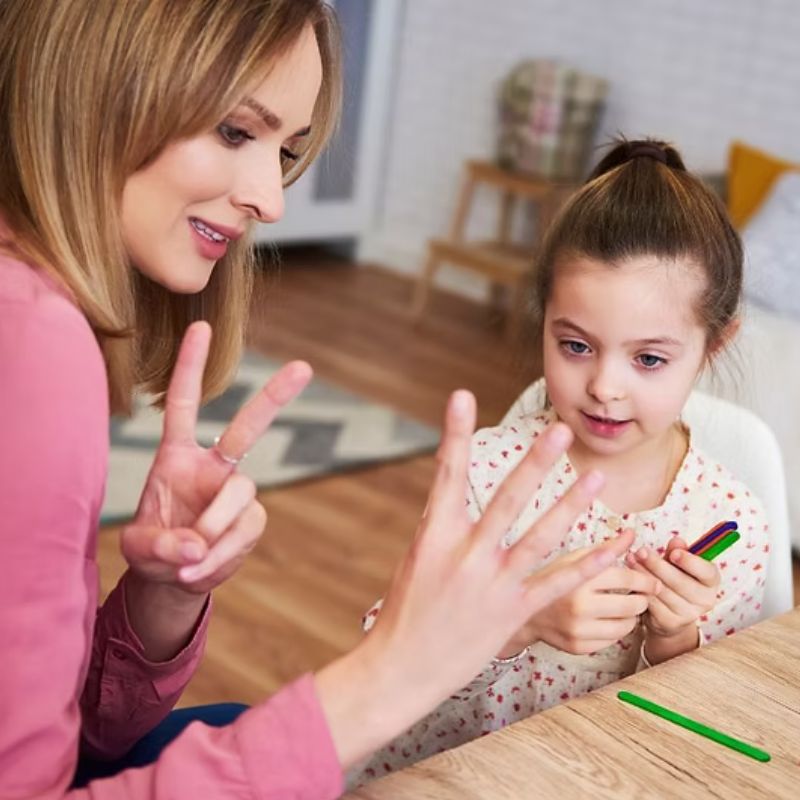
Key Takeaways
Opting for in-home ABA services for early intervention goes far beyond simply deciding where therapy takes place; it represents a profound dedication to a form of therapy that deeply understands and leverages the intricacies of everyday living to encourage growth and progress. This choice signals a move towards integrating therapeutic practices into the fabric of daily routines, making the learning process more natural and less intrusive for the child. As families dive into this adventure, their home transforms into a supportive space, where every nook and cranny is a chance to learn something new.”
Everyday interactions and activities become invaluable teaching moments, allowing children to practice and hone new skills within the context they feel most comfortable. It’s a holistic approach that not only supports the child’s development but also strengthens family bonds, as everyone becomes involved in the therapeutic process. The journey with in-home ABA therapy is one of collaboration, learning, and growth, where the family unit evolves together, fostering a deep sense of belonging and mutual support that extends beyond therapy sessions. Choosing in-home ABA is about creating a space where children can thrive, supported by the loving and familiar backdrop of their own home.


